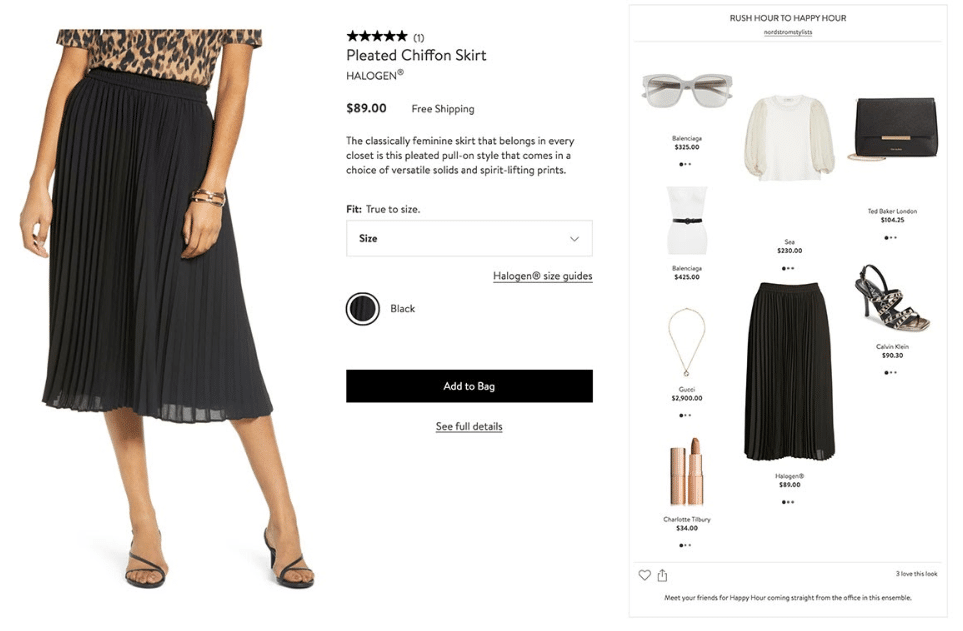As an online retailer, digital merchandising is your product. Shoppers are no longer drawn to an ecommerce store based on products or price. Customers can find the same products at similar prices almost everywhere.
What you can control, however, is the shopper experience. This is where you can differentiate. This is why your merchandising warrants the same strategic planning as your product lines and pricing models.
Searchspring invited Mikal Lewis, The Product Coach and Founder of Nordstrom Looks to join us for the webinar ‘How the Experts do Ecommerce Merchandising’.
Merchandising for Power
As Mikal outlined in the webinar, “when your ecommerce experience creates a pull and value ecosystem, it naturally attracts more customers over time.” One example of a brand that does this well is Nordstrom, where Mikal founded the ‘Looks’ approach to merchandising. Nordstrom has an established reputation and a core value of excellent customer service that creates loyal shoppers. Amazon, Sephora, and Nike are other brands Mikal highlighted as having value propositions that they deliver consistently.
The problem most brands face is, how to generate this pull when merchandise is not exclusive and successful features are copied? The best way to differentiate your brand is to tell a story.
One way to build a story through merchandising is to bundle and re-bundle products. Combine this approach with an authentic editorial voice and you can merchandise the same products on several product pages. Remember to tell your brands story throughout. If all brands describe products the same, they lose their voice.

Patagonia is a great example of a brand that carries its environmental and social mission in their voice throughout its site. Whatever your unique story is, use it to frame the shopping experience from homepage to checkout.




